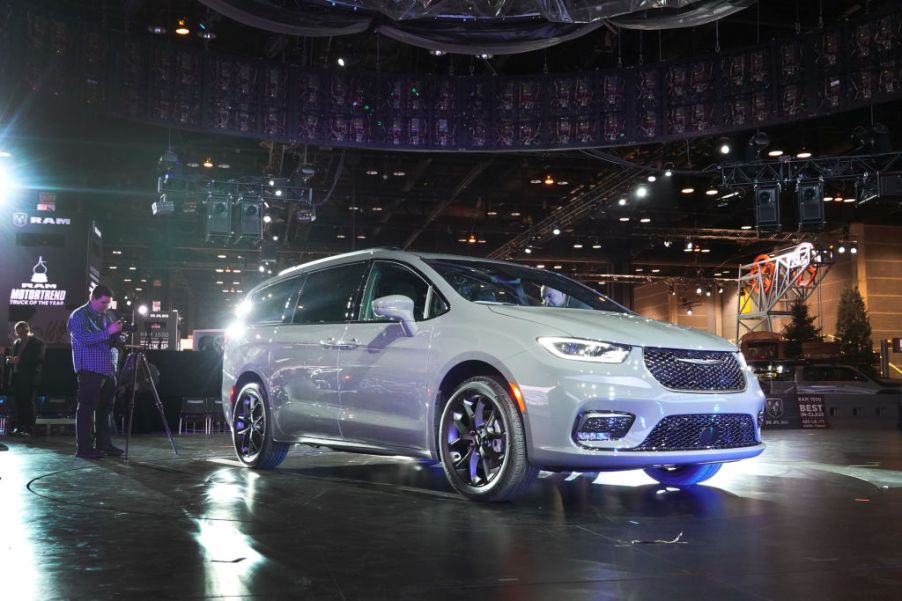
The Most Common Chrysler Pacifica Problems You Should Know About
A new car or SUV should last a while, getting you from point A to point B reliably and safely. Before committing, you probably did your research to ensure it would do just that. But every car seems to have issues, at least at some point, including the Chrysler Pacifica. While this automaker isn’t one of the most trusted brands anymore, Chrysler has been around for a long time. Looking across many model years to track matters reported by consumers, here are the top three complaints about the Pacifica.
Does the Chrysler Pacifica have any problems?

Over 205 reports made the engine’s ticking noise the top complaint among Chrysler Pacifica drivers on RepairPal. The years affected were 2004-2008; the ticking occurred as early as 15,000 miles, with the average being 104,500 miles. The 3.5-liter, 3.8-liter, and 4.0-liter V6 engines were among the affected.
The issue was thought to be caused by a broken retaining pin on the rocker arm shaft, which caused the pin to block the oil passage in the rocker’s arms and create a ticking sound. A kit that includes rocker arm shafts, rocker arms, and pedestals was often used to replace the old parts and correct the issue. On average, consumers reported it would cost between $80 to $1,500 to fix, depending on if they did it themselves or had a professional fix it and whether they used the kit or only did one part.
Is carbon buildup a common Chrysler Pacifica problem?

Affecting the Chrysler Pacifica’s 3.5-liter and 4.0-liter V6 engines from 2004-2008 was carbon buildup in valves. This made the check engine light come on, indicating that multiple cylinders were misfiring. To solve this, the combustion chamber needs to be cleaned out to remove all the carbon and potentially update the valve spring retainers to keep the Pacifica minivan alive and well.
Sixty-two reports came in about this issue, which generally affected the Pacifica on average at 131,000 miles, but could happen at as low as 60,000 miles. Consumers reported that the buildup would cause their car to stutter while maintaining a steady speed. They stated that mechanics would fix it, but it would quickly go back to the same problem again and that there was no estimate for the cost to repair.
The static discharge causes problems

Coming in as the third most common issue with the Chrysler Pacifica was that static discharge or loose wire connections could cause problems. This generally meant that the power seat memory, seat heaters, and adjustable pedals would have issues. This was resolved with revised seat modules that resist the effects of static discharge.
There were 48 reports for the 2004-2008 models, with the average mileage at the problem being 106,000 miles. The issue could arise as early as 52,000 miles, and consumers complained it would be intermittent and random. One estimate is that it would cost $350 to fix. Further, static discharge issues came up again, down the list but in the door handles, causing a loss of function.
Here’s what else to watch for in the Chrysler Pacifica
Numerous other issues were reported for the Chrysler Pacifica, including water leaks from the HVAC case not sealing at the bulkhead, misalignment of the drive belt pulleys causing noise, and software updates needed for the powertrain control module. The year with the most problems overall was the 2004 Chrysler Pacifica, with 11 issues.
But since 2008, the Pacifica has been a primarily problem-free car, except for two problems in 2017. This is a good sign, and that shows Chrysler is making an effort to fix the issues of the past and is getting better every year.



